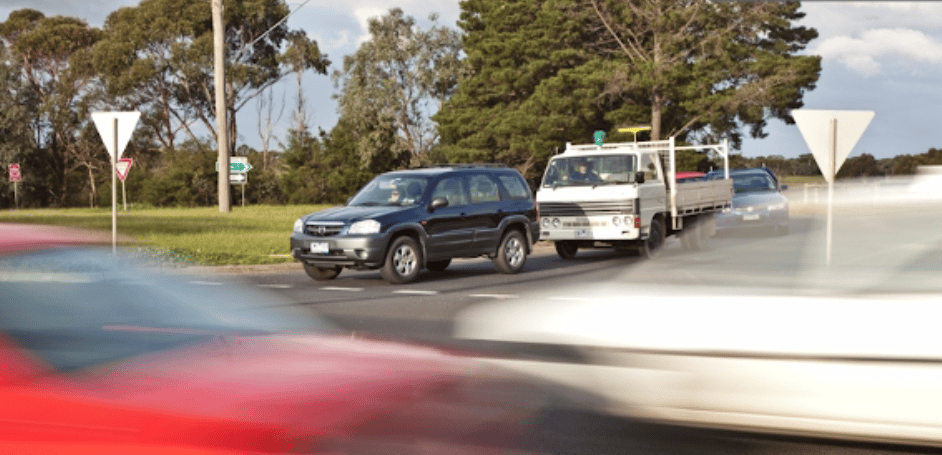Safe System Assessments are taking off as the best-practice for assessing a road or project’s alignment with Safe System principles. To aid consistency in scoring across industry, we’re releasing a series of Safe System Assessment Scoring Fact Sheets.
Here is our fourth dealing with the topic: intersection scoring.

When is an intersection crash not an Intersection crash?
SSAs require you to categorise crashes into one of seven types, and one of those crash types is Intersection. It is usually pretty easy to categorise run-off-road or head-on crashes, but intersections often pose a challenge because it’s tempting to categorise all crashes that occur at intersections as Intersection crashes, regardless of the actual crash type.
The correct approach when categorising crashes at intersections is to forget about the location and think about what is happening. A head-on crash at an intersection should be categorised Head-On, and a run-off-road crash at an intersection should be categorised Run-off-Road. Similarly, pedestrian, cyclist and motorcyclist crashes at intersections should be categorised pedestrian, cyclist or motorcyclist as appropriate. Intersection crashes should only include vehicles passing through the intersection, turning at the intersection or colliding rear-end as a result of the intersection.
What is a Safe System Assessment?
A Safe System Assessment is a process to measure road infrastructure’s alignment with Safe System principles and the ultimate objective of eliminating fatal and serious injuries from crashes on the road network.The process is documented in Austroads Report AP-R509-16, VicRoads’ and DPTI’s Safe System Assessment Guidelines. This Fact Sheet provides supplementary information and clarification.
